The wolf spiders are amazing creatures that’s why we decided to inform you about the top 10 facts about wolf spiders. Wolf spiders are members of the family Lycosidae, which is from a Greek word meaning “wolf.” They are one of the most common spiders among all the spiders that we see every day.
The name “wolf spider” encompasses a large family of spiders, most of which are large, dark-colored, and athletic. They are especially common in grasslands and meadows, but also live in mountains, deserts, rainforests, and wetlands.
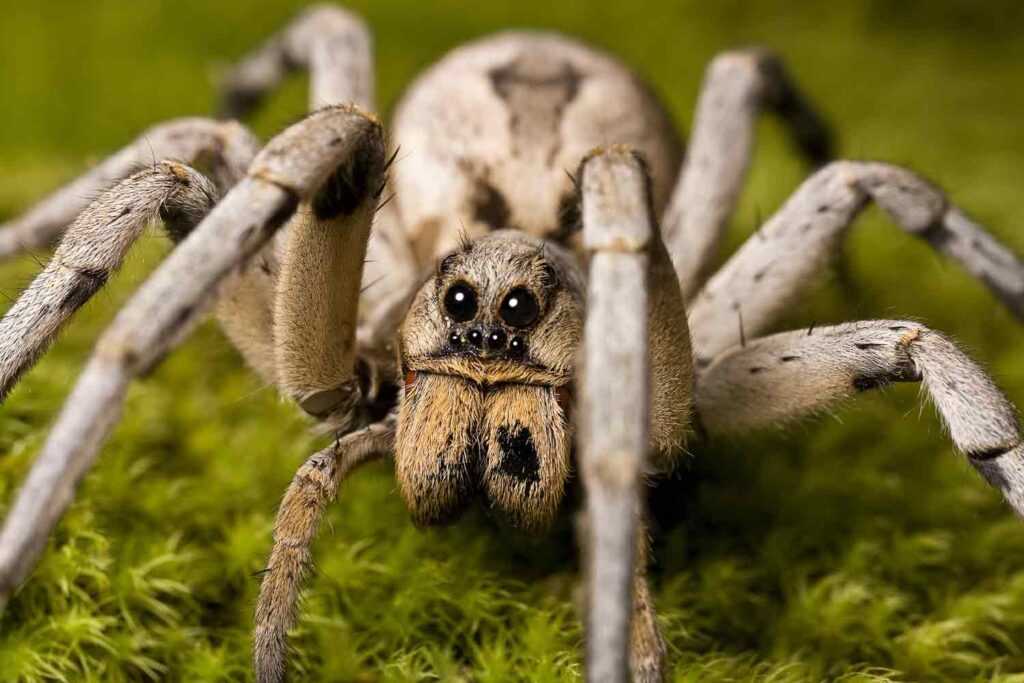
They are carnivorous spiders, who do not weave web instead they hunt their prey just like the animal they are named after. The wolf spiders are also known as ground spiders or hunting spiders due to their interesting way of capturing prey.
Here are the Top 10 facts about wolf spiders.
1. Classification
They belong to the class Arachnida and to the family Lycosidae. This truly massive family is composed of around 124 known genera and more than 2,800 species. This family belongs to the order of Araneae, which includes all known spiders.
2. Appearance
The wolf spider can be easily identified by its big eyes. The wolf spider has eight eyes located around its head. The eyes are in three distinct rows: two at the top on both sides, two on the front, and four more eyes above the mouth. These four smaller eyes provide secondary vision and contain a type of reflective tissue that can produce a powerful glow in the light.
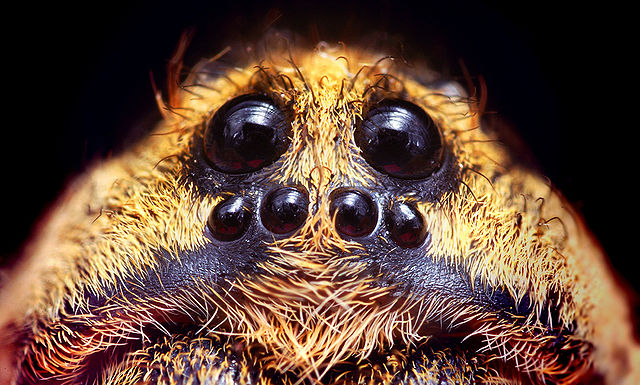
Most of the wolf spiders are fuzzy or hairy, grey, black, dark brown, or mottled-colored spiders. But mainly wolf spiders’ size and color depend a lot upon their habitat as they usually camouflage according to their surroundings. The body of a wolf spider can vary widely between 0.24 and 1.38 inches and they usually weigh less than an ounce. They have eight legs that are longer than the body. Females tend to be larger than males on average.
Some species among this group are a little bigger than the others, like the Deserta wolf spiders, whose length can even be up to 1.6 in. The Carolina wolf spider is the largest among all wolf spiders in the North American region.
3. Behavior
Wolf spiders are nocturnal animals that hunt exclusively at night. They spend the majority of their time on the ground. Wolf spiders have excellent vision thanks to their big eyes. It has the third-best eyesight of all types of spiders. But they cannot move their eyes and rely on their wide vision to see.
They also make sounds and emit chemicals for communication. Like most spiders who make their homes by spinning webs, wolf spiders do not make the web. They will dig holes under rocks, logs, or other objects for safety. They live in burrows in the ground, lined with silk, hunting for prey in the vicinity of these burrows. Only the mothers spin egg sacs after laying eggs.
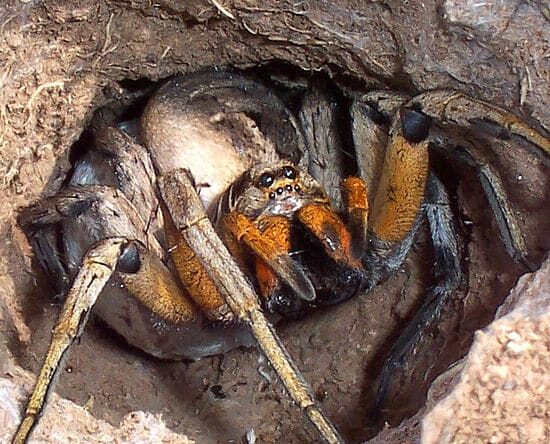
Wolf spiders carry their eggs on their back by attaching them to their spinneret. Wolf spiders are unique in the way that they carry their eggs it’s the most noticeable facts about wolf spiders. The egg sac, a round, silken globe, is attached to the spinnerets at the end of the abdomen, allowing the spider to carry the unhatched young ones.
4. Diet
They are carnivorous spiders mostly feeding on insects and other spiders. They also sometimes eat small reptiles and amphibians, ants, grasshoppers, and beetles. Their diet can vary by climate and location. Some species wait for the prey near their burrows and some chase and hunt their prey.
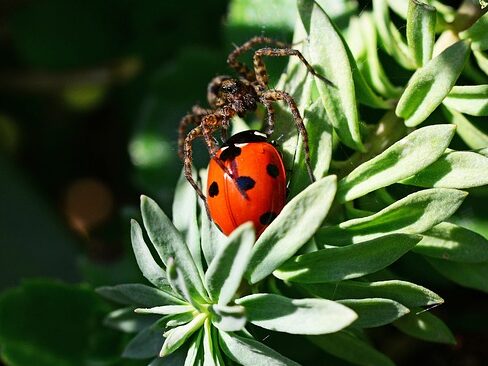
5. Mating and reproduction
The mating season for the wolf spiders comes mainly in the fall. The courtship ritual varies a little as wolf spiders include so many different species of spiders. Male spiders will attempt to court females by waving their pedipalps. They beat the front of their legs and palps in a drumming way on the ground or wave them up in the air, which might attract the female wolf spiders.
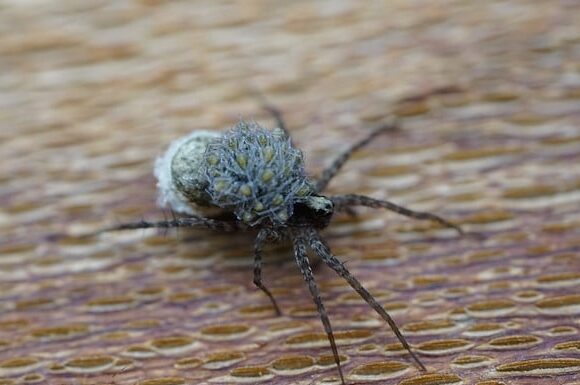
After the mating, the female spider stays in an enclosed space to lay her eggs and stays in the burrows. The female then wraps them up in a silk egg sac around the abdomen. After hatching, the newborn spiders will emerge from the sac and climb on the mother’s back for the remainder of their juvenile lives. These spiders carry these egg sacs around, stuck to their abdomen till it’s time to hatch.
6. Habitat
Wolf spiders are found in a wide range of habitats both coastal and inland. The wolf spider can live almost anywhere in the world besides the extreme polar region and the Antarctic. Its habitat stretches across nearly the entire world, including much of the Sahara and Siberia. These include shrublands, woodland, wet coastal forest, alpine meadows, suburban gardens, and homes.
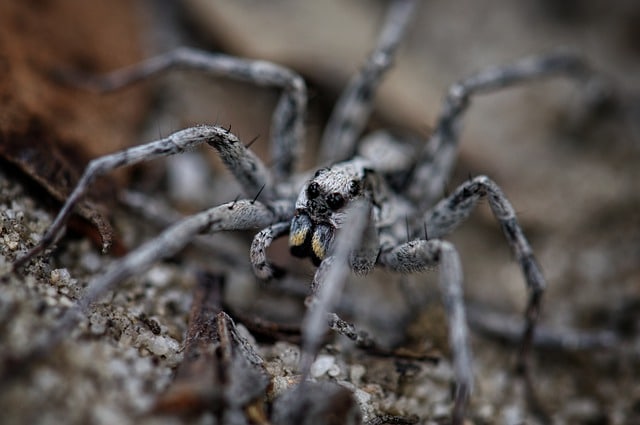
7. Venom
Wolf spiders are venomous they can inject venom if continually provoked but they are not poisonous. They are not very dangerous as their bite can hurt a little like a bee. Their venom is not very harmful to humans. Human victims may exhibit some redness or swelling but no serious medical problems have ever been reported. Symptoms of their bites include swelling, mild pain, and itching.
8. Predators
The wolf spider’s small size makes it a good meal for larger animals such as birds, lizards, and rodents. When threatened by a predator, the wolf spider can resort to several defenses. It can detach its leg for the predator and escape the scene. The leg can be later regenerated. Although, just like any other animal case, humans are the main threat to wolf spiders.
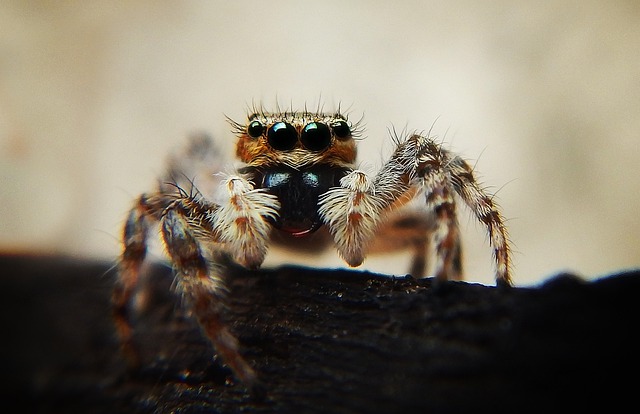
9. Lifespan
Compared with other common spiders, wolf spiders have a short lifespan. Most of them live less than one year. Some may live up to 18 months or so but that’s pretty uncommon. Most wolf spiders tend to live for one year, although some can live up to two years. Due to their shorter lifespans, wolf spiders need to produce as many offspring as possible before they die. Many of these offspring are killed early and do not survive long enough to mate. For this reason, spiders prefer to reproduce for sheer quantity.
10. Population
Because they are everywhere and can adapt to many harsh conditions they are very successful animals. Only some of the species located on small islands such as Desertas and Saint Helena are critically endangered. The exact population is unknown because they are so many of them.

